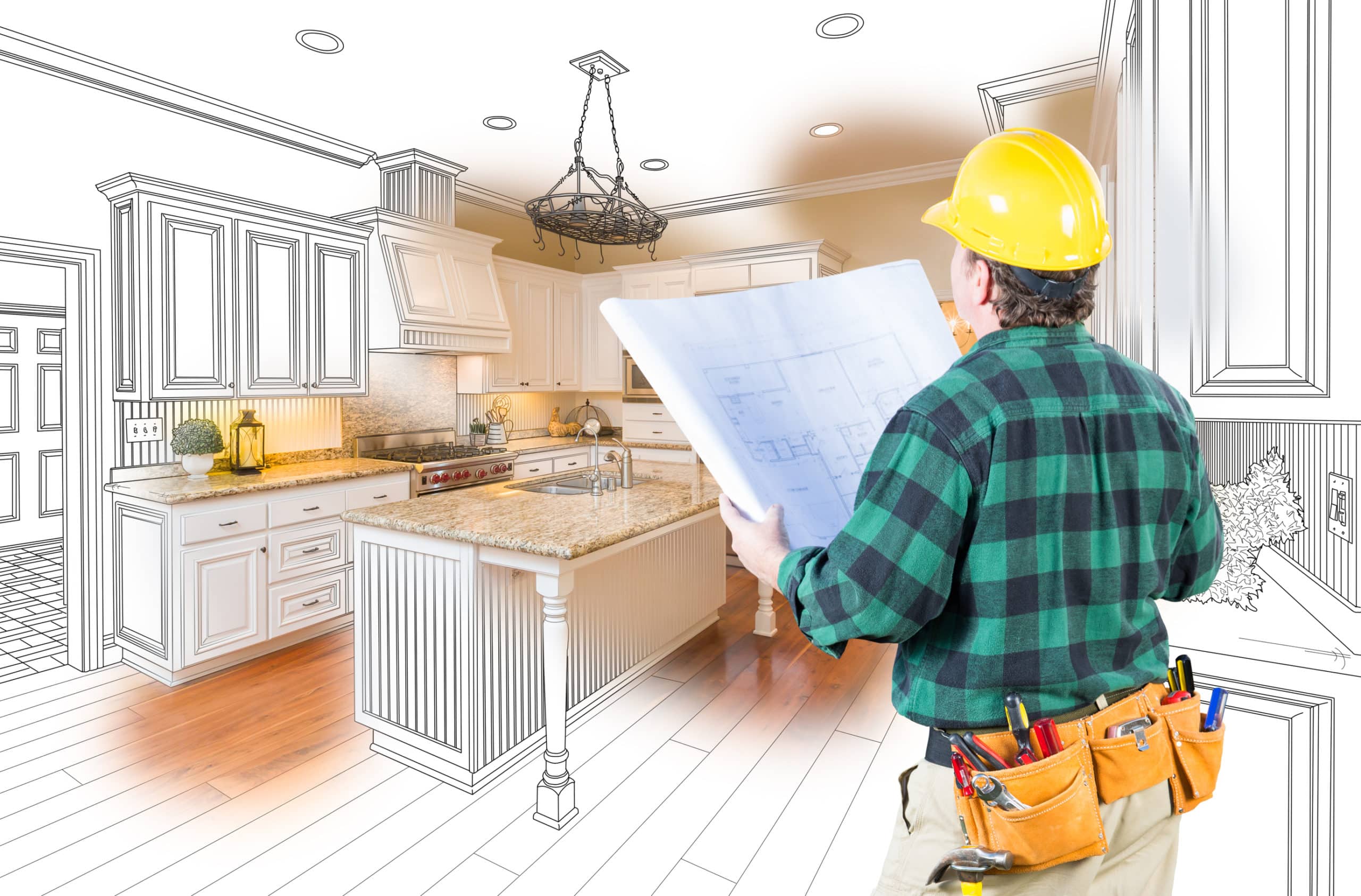Let’s face it. Not every part of every job is enjoyable or easy. Contracting estimates might be one of those hard parts of the job for you. But it doesn’t have to be if you stick to a good set of rules. Here’s our guide to the best practices for a contractor estimate.
Focus on the Details
In terms of best practice for contractor estimates, this is not the time to cut corners. While making accurate estimates and bidding on jobs may be challenging, it is of utmost importance. Not much will ruin a client-contractor relationship more quickly than an inaccurate estimate. So, best practice means focusing on the details.
You’ll want to pay particularly close attention to current materials costs, your labor costs, and equipment costs, which are some of the areas that are most often underestimated. Utilize the relationships that you’ve likely been building with your materials providers to gain insight into pricing trends. Contact your subcontractors when you need extra information on labor costs and material-need estimates. Best practice means you need to be as accurate as possible when estimating these portions of the job.
Stay Organized
Our next best practice suggestion is to stay organized. Many contractors utilize what is known as a master list to ensure that they always account for every aspect of the upcoming job. Best practice says to use this master list when estimating each and every job. This could be in the form of an actual physical list, although that might get lengthy. Or, you could utilize one of the many newly developed software options to help contractors create accurate and organized estimates.
Consider Overhead
One often overlooked aspect of forming an accurate contractor estimate comes when contractors neglect or miscalculate their overhead costs. Overhead costs are all of the additional services, supplies, and expenses that you have to pay in order to maintain your business. Think about your work truck insurance, your computer, your cell phone, office rental and expenses, or any advertising. These are expenses that may not directly pertain to the particular job you’ll be bidding on, but they are necessary to the function and survival of your business. Best practice would encourage you to keep a running list of your overhead costs, so that you can accurately estimate what they’ll be for any given period of time. Then you can accurately add them to your contracting estimate.
Risk Factors and Other Incidentals
Construction is rarely predictable. There are always risks and unforeseen circumstances in any job, and it’s always best practice to estimate with these things in mind. Obviously, you can’t predict the future, but you can prepare for it. Best practice is to look back on past projects to determine what possible costs or risks you might encounter, and factor those potential costs into your estimate.
You need to master the art of giving a contractor estimate. What you don’t need to do is worry about how to offer financing as a contractor. Partner with HFS Financial, and we’ll make sure your clients have the options they need to get started today. It’s almost as easy as our 60-second loan application. With HFS Financial, “You Dream It, We Finance It.”

